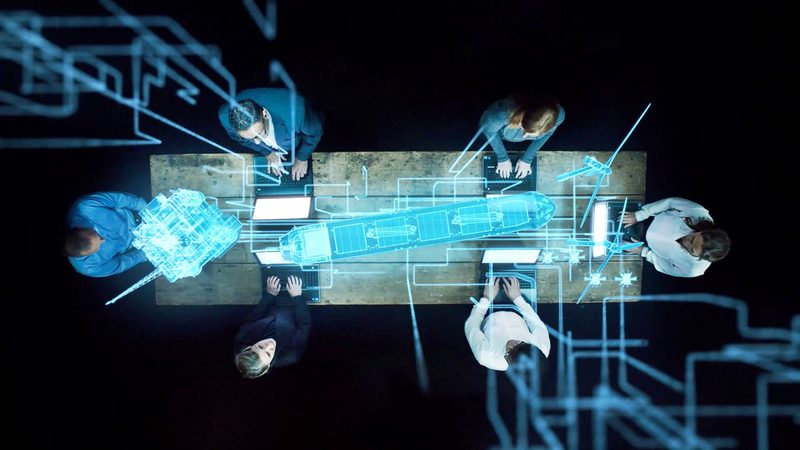Concluding Remarks¶

DNV is prepared for a future where our clients will have digital twins of all their assets. We have long been a promotor of digital twins in the industries we serve, and are embracing the opportunities offered by digital twins to enhance, renew and extend our service offerings.
As a risk management and assurance company, we see opportunities for using digital twins to improve risk assessment and provide better support for safety related decisions faced by operators in day-to-day operations.
Today, risk models and digital twins typically live separately in organisations. While current risk models used in safety management often lack real-time capabilities, digital twins typically miss the uncertainties that matter when it comes to risk.
In order to take full advantage of digital twins for operational risk management and decision support, we believe that it is necessary supplement digital twins with probabilistic risk models reflecting uncertainty about the future. We envision a future with probabilistic digital twins.
The main elements that distinguish a probabilistic digital twin from traditional digital twins are:
- Probabilistic degradation and failure models, reflecting uncertainty and variability of conditions and processes that affect performance and lead to failures.
- Logic and relational models, relating performance variables to failures and loss events.
- Surrogate models, approximating heavier simulation models, allowing fast queries and enabling propagation of uncertainty and model coupling.
In this position paper we have demonstrated probabilistic digital twins that combine process models with quantitative risk models and structural reliability models - three disciplines that have traditionally been separate. By doing so, we have shown how safety and production can be managed in conjunction - allowing more efficient safety management and creating additional value for our clients.